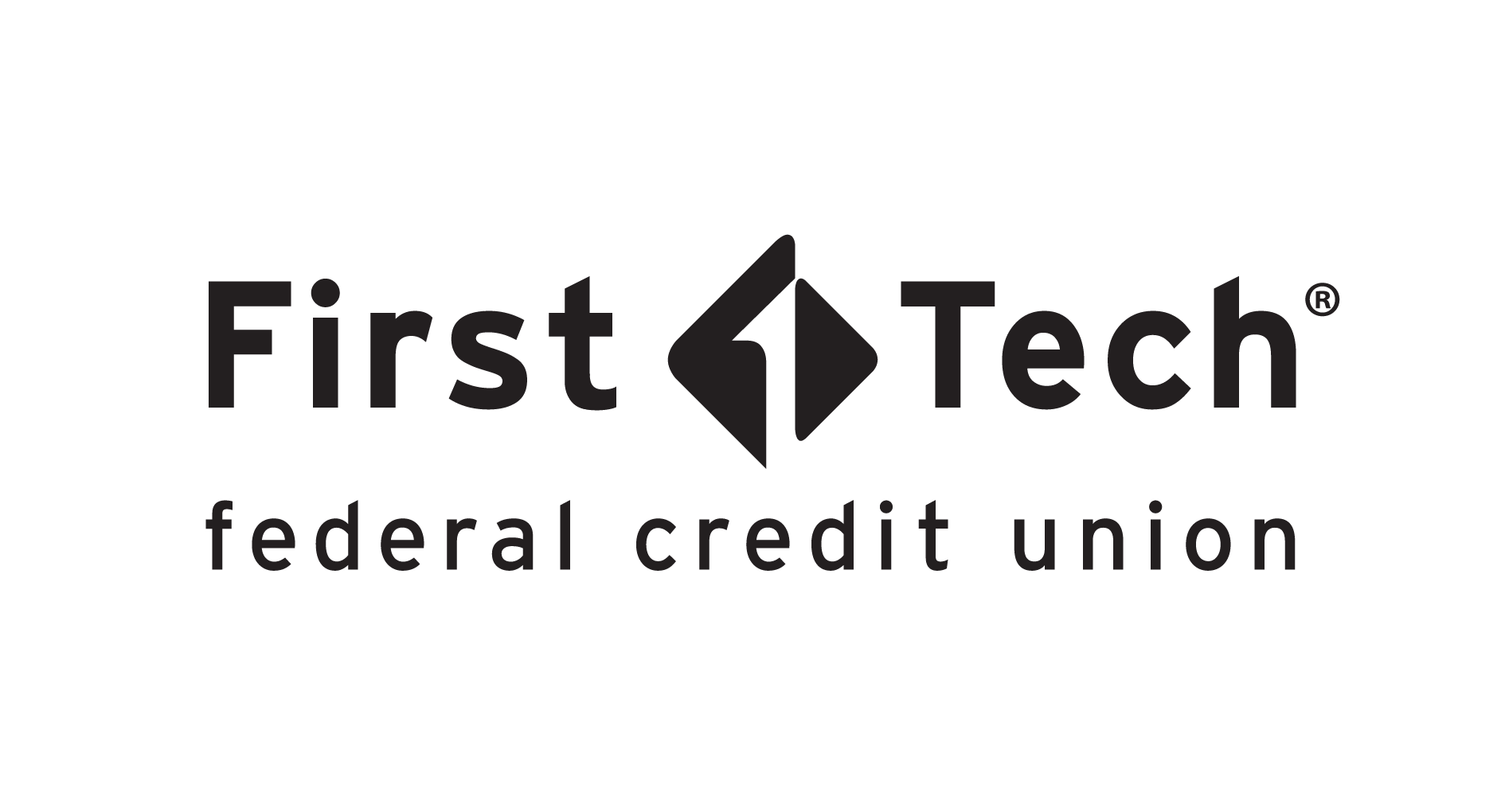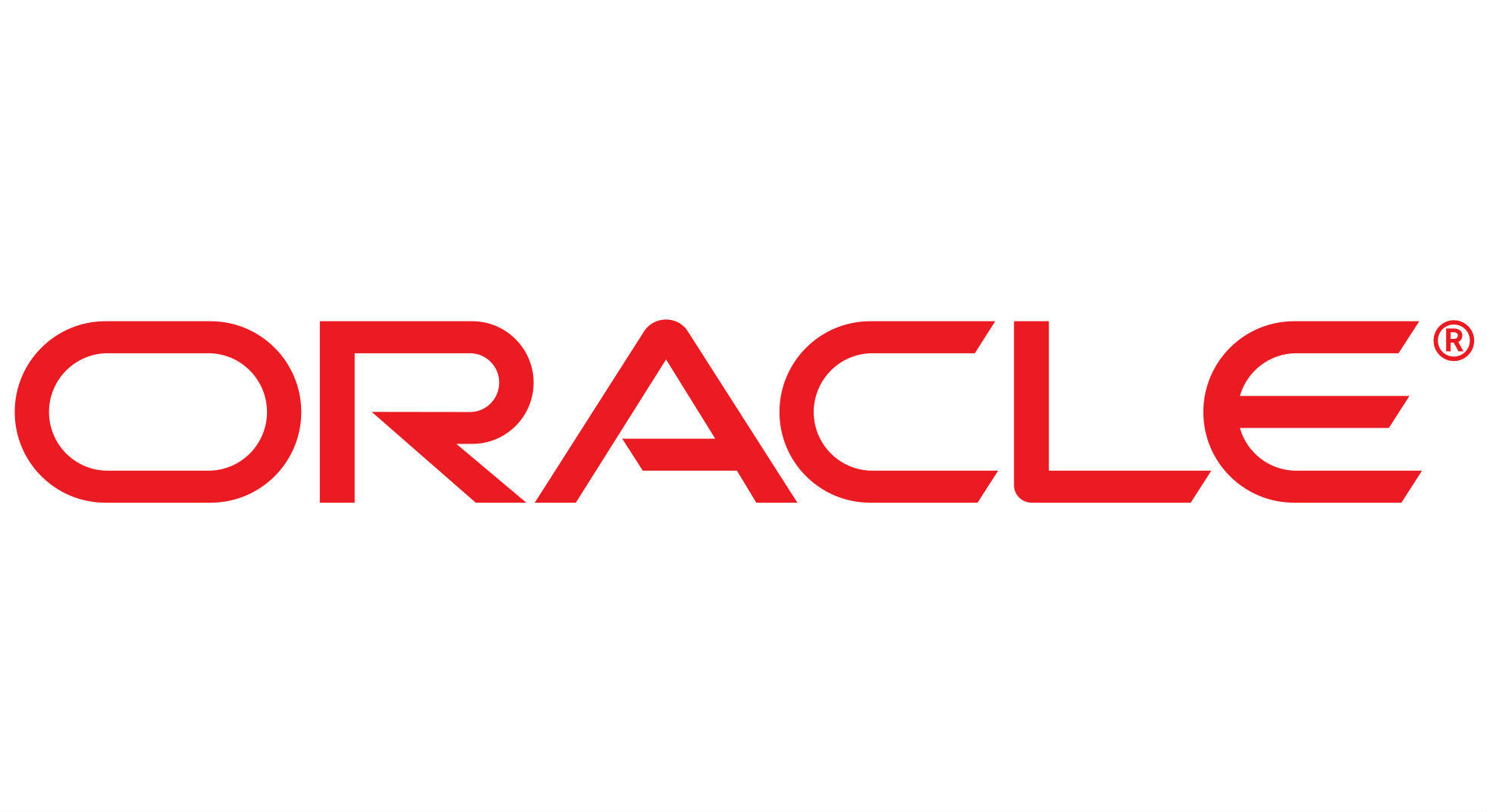
“Should I post this? What should the caption be? Will this fit in with my feed?” These are just some of the many questions we, as teens, ponder constantly. Social media has always been a major part of our lives in connecting with our peers, favorite celebrities, and the world around us, especially during the pandemic.
But recently something has changed.
There was a time we would go on Instagram for important life updates from our peers: Sonia’s trip to Sweden, Ryan’s new boyfriend, or Karie’s argument with her friend group because she didn’t comment on their photos. But we don’t see Jennifer’s picture-perfect smoothie bowl anymore. Instead, we see posts pleading for petition signatures and infographics educating us on topics we’ve never heard about. Led by the Black Lives Matter movement and other crises around the world, we witness the voices who have been facing injustices finally being heard, inspiring an outpouring of allies advocating for change.
For many of us, the Gen Z’ers—the ones who grew up with iPhones instead of phone books, searching through the internet instead of the library, and posting to Instagram instead of Myspace—this year is the first time we are able to vote in a federal election. And as we, the voters, are changing and growing, so is the very landscape of politics and the election itself. Campaign ads are running on YouTube and Facebook in addition to TV, and candidates are attempting to connect with us through sharing gaming stats or skincare routines rather than through hometown rallies.
We are a growing demographic that political candidates want to appeal to. We have more power than ever, and we recognize that. With so many of us rallying together and taking a stand on social media, we are proud to be a generation that speaks up for what we believe in and one that is aware of the systemic issues impacting all of those around us. It’s empowering to be a generation that is “woke,” and it is the new normal.
To some of us, the shift in social media—from selfies to educational graphics about the Black Lives Matter movement, Yemen, Lebanon, systemic racism, LGBTQ+ injustices, saving the USPS, Trump vs Biden, and so on—has been quite overwhelming. It isn’t that we don’t agree with the causes behind these posts and ongoing political activism but rather how fast this change has come and the sheer volume of posts. As peers have begun to post more and more, the pressure has increased, and it feels like we are obligated to post. Terms floating in the air, such as “performative activism,” “attention seeker,” and “trend-follower” have become more prevalent and toxic. New questions have started to arise too: “I don’t normally post, but if I don’t post this, will people think I am racist?” “I already donated money … Do I have to tell everyone I did?” “All my friends are posting this graphic … should I post it too?”
With recirculated posts on Instagram that we see over and over again, it's hard to be exposed to new perspectives if we don't go out of our way to find them. This is how an echo chamber—an environment where someone only encounters information that affirms their existing beliefs—is formed. Especially for teens like us, echo chambers are dangerous because they will be harder to break out of later in life. Although we learn how to find neutral and reliable sources of information in high school, we often forget to apply those skills when quickly scrolling through posts, especially when it’s harder to track the source of information. We often believe social media content to be true, even if it’s misleading or exaggerated. In a time when the political climate is especially polarized, information that circulates often presents a very biased perspective, which can hinder us from being accurately informed at the polls as first-time voters.
At first glance, social media seems like it can expose us to new ideas and help us expand our worldview, but social media's algorithms only deliver more of the content that we like and already interact with. Even offline, confirmation bias—the tendency to look for information that only supports our opinions—makes it harder for us to be exposed to new perspectives. We often find ourselves looking for information where we already agree with the opinions on certain issues or political candidates instead of actively trying to understand the other side of the argument. It’s too easy to just click out of opposing articles and ignore the evidence presented.
Even the place where we live perpetuates our own echo chambers. Here in the Bay Area, we are often exposed to liberal perspectives, making many of our conservative peers in school feel like a minority. In other locations, residents may be predominantly conservative, making it hard to express opposing ideas there as well. Regardless of our political beliefs, it can be difficult to find information from reliable sources that helps us understand an issue through a variety of lenses.
Not only has social media impacted our ability to find new perspectives and expand our own, it has also heavily influenced the way we view and interact with political candidates. Only knowing a reality with the internet and the web, we’re accustomed to being bombarded with information on online platforms. We’ll scroll through thousands of posts and videos every day, and we’ll see not only ads related to our personal interests but also ads from campaigns. The key part of the ad is not so much its content, but where it’s located—on a platform many of us use all the time. It feels like candidates are trying to reach out to us, but they don’t always hit the mark.
One particular YouTube ad asked us to rate Trump, but none of the options gave a remotely negative review of Trump. We thought, “Why don’t we have another option? He’s not telling us what he’ll do for us as voters, so why should we care?” But there have definitely been much worse attempts to connect with us. Elizabeth Warren’s Instagram livestreaming was a bit cringey and her campaign TikToks felt out of place. We understand many politicians are generations older and are highly unlikely to regularly use Instagram or TikTok. We appreciate when campaigns acknowledge youth platforms because they actually care and want to connect with new voters, not just for political theater, which is sometimes how these attempts come across. We want to see honesty, including mistakes, and candid opinions from a candidate.
When candidates showcase their lives in a natural way, it feels much more genuine. For example, when Alexandria Ocasio-Cortez (AOC) answered questions on Instagram about Congress, shared a day in the life of a representative, or tweeted her League of Legends ranking, many of us felt connected to her. It’s exciting to see someone who is relatable and understands the youth population, but it’s easier for AOC as a millennial herself whereas many of her colleagues are much older. We recognize that it’s not fair to expect older candidates to understand youth the same way.
Still, it’s interesting to see the new ways that politicians have tried to reach us, like Biden’s campaign releasing yard signs in the popular video game Animal Crossing. A game where you can design your own island and catch animals with friends online, Animal Crossing was never a tool we expected a campaign to use. But given how our generation is growing more politically active than ever, it’s not far-fetched to involve video games in politics.
Although we are just a subsect of the youth population, we see youth everywhere across social media who care about anti-racism, the environment, and equitable human rights. We’re frustrated with the current systems in place and are hungry for change. We want to see that same passion, honesty, and care in candidates, especially when they use youth platforms. More importantly, we want to know who they are and what they stand for.
As teens participating in politics at an unprecedented time, we have arguably been the most politically active generation ever. Even if we cannot vote, we strive to stay updated on the latest political news, watch the debates and conventions that have been streamed online, and discuss our opinions and beliefs with friends and family. We have shared on social media, marched at protests, spoken at city councils, and defied generational gaps and norms to champion political changes we believe in. We live in a society that looks down on us for growing up with incredible technology that has supposedly “made us lazy.” Some believe we shouldn't have a say in political issues because we are “too young.” However, the fact is we live in a world where we have to deal with the consequences of actions that we did not have a say in, such as climate change, poverty, warfare, immigration, and even basic human rights for all. Now that our generation is being given a chance to vote, trust us when we say we will not take it for granted.
(Row by row from upper left in the image above) Zade Lobo, Diya Pathak, Merritt Vassallo, Lydia Lam, and Ramya Chitturi are five of CHM’s Teen Alumni, and previous members of the Museum’s Teen Internship and Teen Engagement Council programs. As tech-savvy and politically engaged Gen-Z’ers, they collaborated through online Zoom meetings and shared Google docs to reflect on the impact and influence of social media and technology for first-time voters. They look forward to voting in their first federal election soon!


